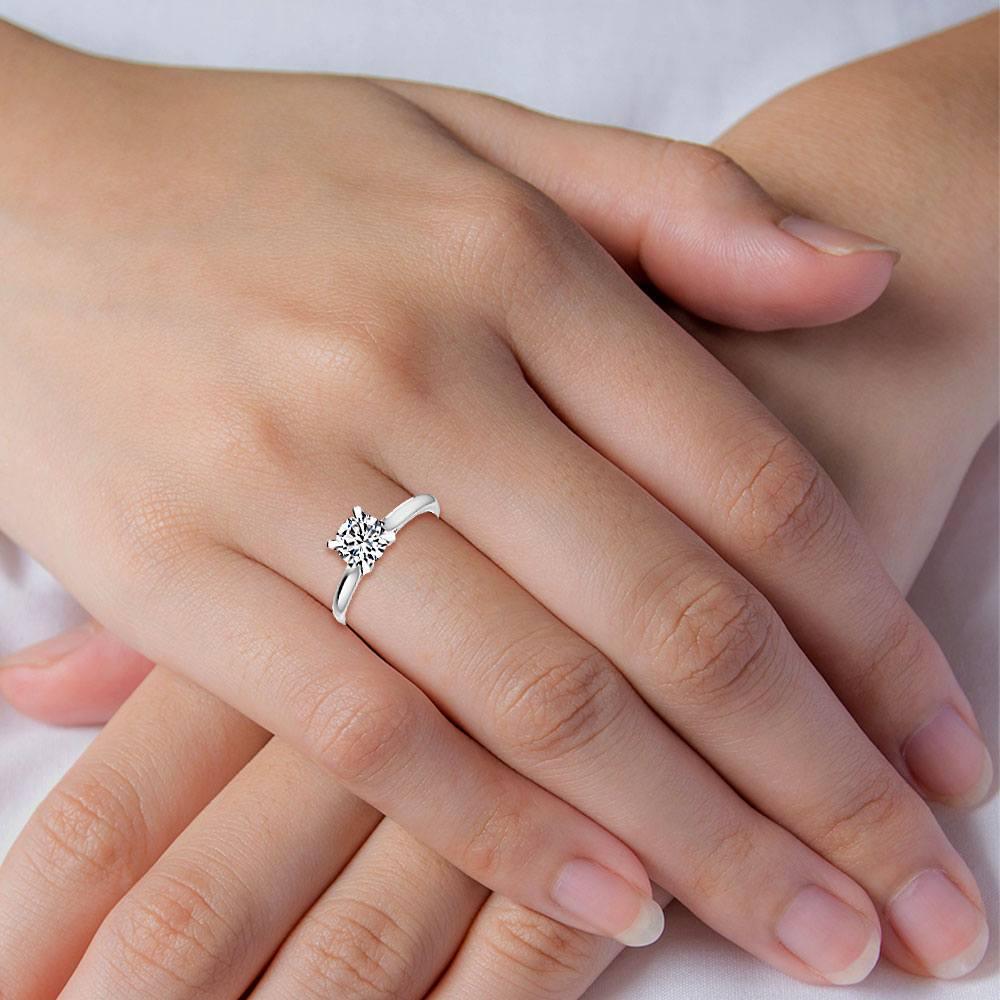Introduction
So, you’re in the market for a stunning diamond ring, but you’re torn between traditional and modern options. Enter lab-grown diamond rings with their flawless sparkle and eco-friendly allure. But what about the claws that hold these diamonds in place? Let’s dive deep into the world of lab-grown diamond rings and explore the role of claws in enhancing their beauty.
Understanding Lab-Grown Diamonds
Before we delve into the claws, let’s understand what lab-grown diamonds are all about. These diamonds are created in controlled environments that simulate the natural conditions under which diamonds form in the Earth’s crust. The result? Diamonds that are chemically, physically, and optically identical to mined diamonds but with a smaller environmental footprint.
The Evolution of Diamond Rings
Diamond rings have a rich history dating back centuries. Once reserved for royalty and the elite, diamond rings have evolved into a symbol of love, commitment, lab grown diamond rings claws, and style for people from all walks of life. With the advent of lab-grown diamonds, the options for diamond ring enthusiasts have expanded, offering a sustainable and ethical alternative to mined diamonds.
Claws in Diamond Rings
Now, let’s talk about the claws. Also known as prongs, claws are the tiny metal projections that secure the diamond in place on the ring’s band. While their primary function is to hold the diamond securely, they also play a crucial role in enhancing the overall aesthetics of the ring.
Benefits of Lab-Grown Diamond Rings
Lab-grown diamond rings offer several advantages over their mined counterparts. Not only are they more affordable, but they also eliminate the ethical concerns associated with traditional diamond mining. Additionally, lab-grown diamonds tend to have fewer imperfections, resulting in a more brilliant sparkle.
Types of Claws
Claws come in various shapes and sizes, each offering a unique look and feel to the diamond ring. The most common types of claws include:
- Traditional Prong: This classic claw style features four or six prongs that hold the diamond securely in place while allowing maximum light exposure for optimal brilliance.
- Bezel Setting: In this setting, the diamond is surrounded a metal rim that holds it in place. This style offers excellent protection for the diamond while giving the ring a sleek and modern look.
- Channel Setting: Channel-set claws are designed to hold multiple diamonds in a row, creating a continuous line of sparkle along the band. This setting is perfect for those who love a bit of extra bling.
Setting Styles
In addition to the type of claws, there are various setting styles to consider when choosing a lab-grown diamond ring. Some popular options include:
- Solitaire Setting: This classic setting features a single diamond held either prongs or a bezel. It’s perfect for those who want to let the diamond take center stage.
- Halo Setting: In a halo setting, the center diamond is surrounded a circle of smaller diamonds, creating a dazzling halo effect that adds extra sparkle and brilliance.
- Three-Stone Setting: As the name suggests, this setting features three diamonds of equal size, symbolizing the past, present, and future of your relationship.
Choosing the Right Claw Setting
When selecting a claw setting for your lab created diamonds, there are several factors to consider. These include:
- Security: Ensure that the claws provide enough support to hold the diamond securely in place, reducing the risk of loss or damage.
- Aesthetics: Consider the overall look and feel of the ring and choose a claw setting that complements your personal style and preferences.
- Comfort: Opt for a claw setting that not only looks beautiful but is also comfortable to wear on a daily basis.
Maintenance Tips
Once you’ve found the perfect lab-grown diamond ring with the ideal claw setting, it’s essential to take good care of it to ensure it retains its beauty and sparkle for years to come. Here are some maintenance tips to keep in mind:
- Regular Cleaning: Clean your ring regularly with mild soap and warm water to remove dirt, oil, and debris.
- Professional Inspection: Schedule regular inspections with a jeweler to ensure that the claws are in good condition and the diamond is securely mounted.
- Avoid Harsh Chemicals: Keep your ring away from harsh chemicals, such as chlorine and household cleaners, which can damage both the metal and the diamond.
Conclusion
In conclusion, lab-grown diamond rings offer a sustainable and ethical alternative to traditional diamond rings, and the choice of claw setting can significantly impact the overall look and feel of the ring. Whether you prefer a classic prong setting or a modern bezel setting, there’s a perfect option out there for you.

